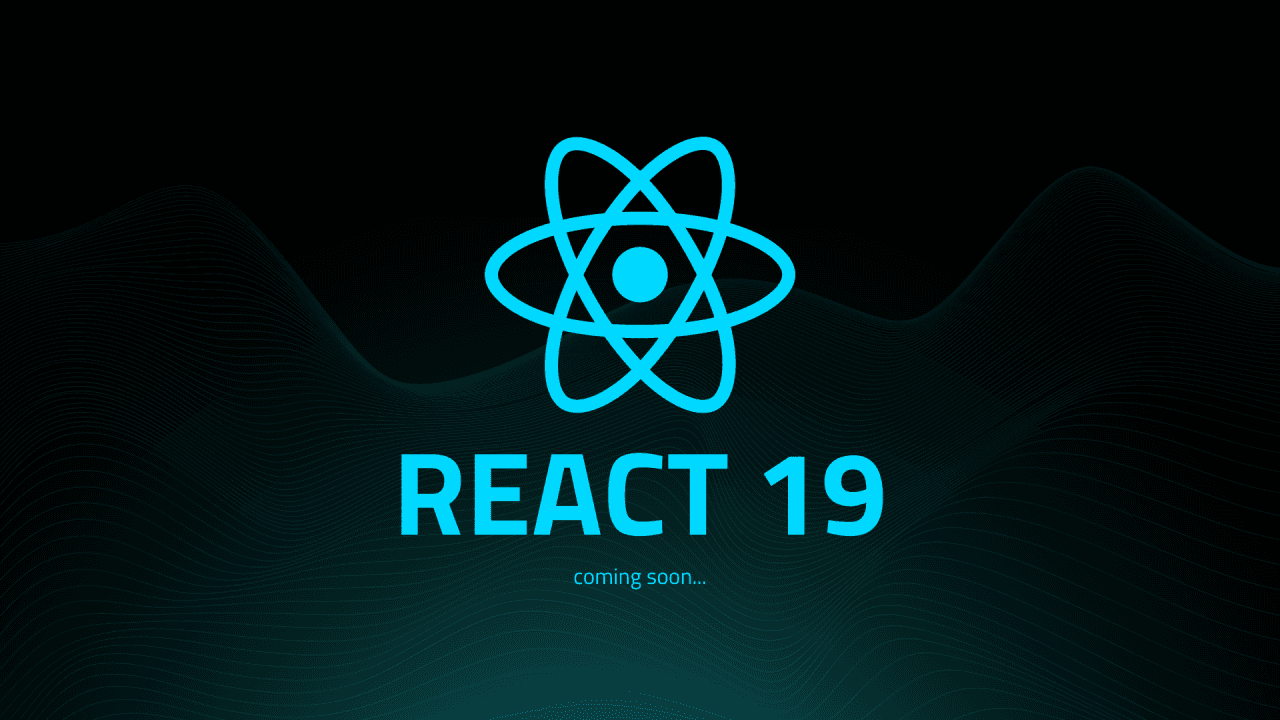
React 19- A game changer what's new on react 19
React 19 brings a wealth of updates designed to streamline development, improve app performance, and expand React’s flexibility across various platforms and architectures. The community is looking forward to seeing how these updates influence new web applications and improve existing ones. For more details, check out React’s official updates and community feedback to see these features in action.
Here's a quick breakdown of some of the exciting new features coming in React 19, which enhances both performance and developer experience significantly:
1. Server Components and Improved Asset Loading
React 19 now optimizes server-side rendering (SSR) with Server Components, a feature that makes websites load faster and enables more efficient data fetching. Server Components offload processing to the server, reducing client-side work and making initial page loads quicker. Additionally, assets like images are loaded in the background as users interact with the current page, improving transitions between pages and enhancing user experience.
2. Document Metadata for Better SEO
React 19 introduces a new component, <DocumentHead>, which simplifies the management of metadata (like titles and meta tags) across pages. This change improves SEO by allowing more control over how pages are displayed on search engines, making it easier to create cohesive and optimized applications without the hassle of handling these details individually on each page.
3. Enhanced Web Component Support
React 19 has improved integration with Web Components, making it easier to use React in various contexts, including micro-frontend applications. This flexibility allows developers to incorporate React components into larger applications or with other JavaScript frameworks, providing more options for cross-compatibility.
4. Optimized Concurrent Rendering
Concurrent rendering is a standout feature in React 19 that optimizes how the app loads content. This feature allows the app to remain responsive by prioritizing interactive elements while other parts of the UI are still loading. It's especially useful for applications with heavy data usage or complex UI, helping them load incrementally and smoothly.
5. New Actions API and Async Capabilities
The Actions API enhances how forms and state updates are managed, particularly for interactive data submissions. By using async/await with transitions, React 19 allows smoother updates without disrupting the current page’s interactivity. For example, a form can be submitted, and the page can show pending states or optimistically update as data is processed, all without needing a page reload.
6. Improved Hooks
React 19 expands on its popular Hooks API, giving developers more granular control over data fetching, state management, and component lifecycle. This update makes hooks even more powerful for managing component behavior and optimizing performance.
7. Canary Testing and Feedback Process
With the "React Canary" release channel, React 19 is shifting towards a more open development model. Instead of keeping new features under wraps, React Labs allows the community to test and provide feedback on experimental features before the stable release, fostering a collaborative development environment.
React 19 brings a wealth of updates designed to streamline development, improve app performance, and expand React’s flexibility across various platforms and architectures. The community is looking forward to seeing how these updates influence new web applications and improve existing ones. For more details, check out React’s official updates and community feedback to see these features in action.
Similar Blogs
Comments
No comments yet.
Leave a Comment
Share your thoughts about this article.